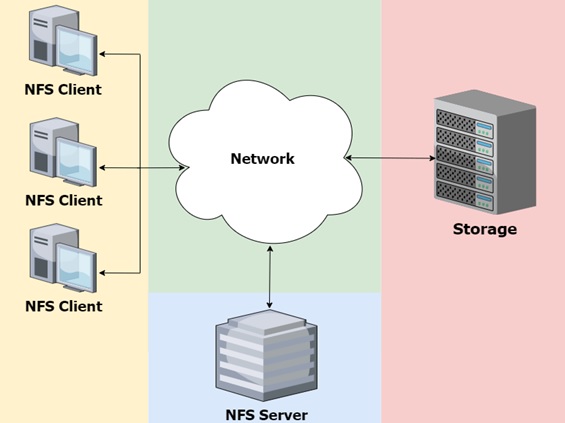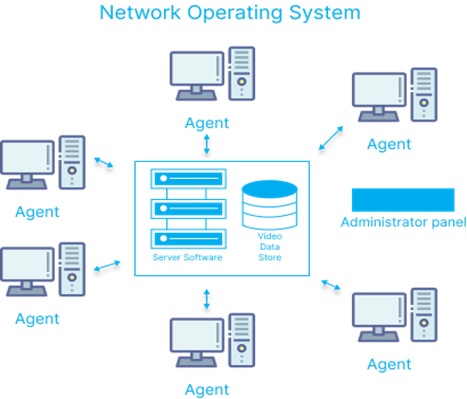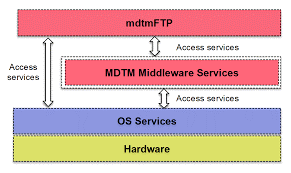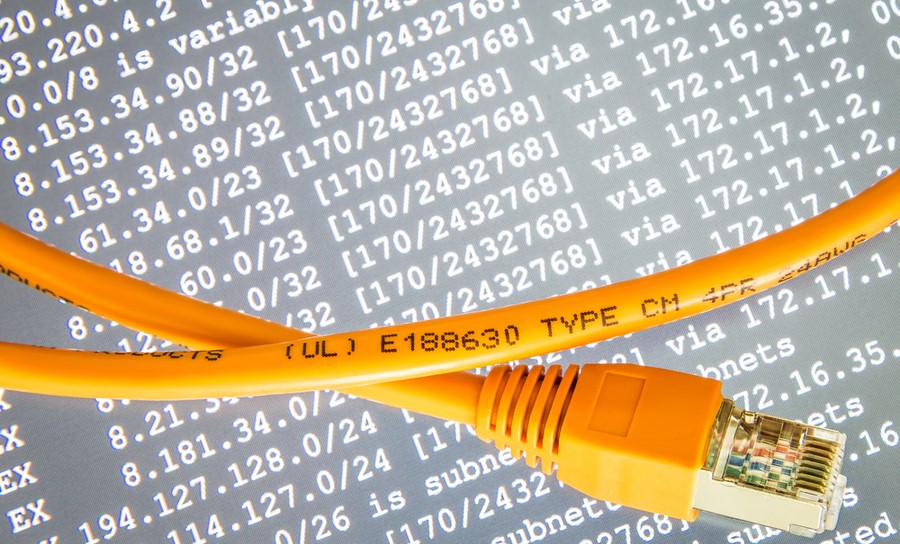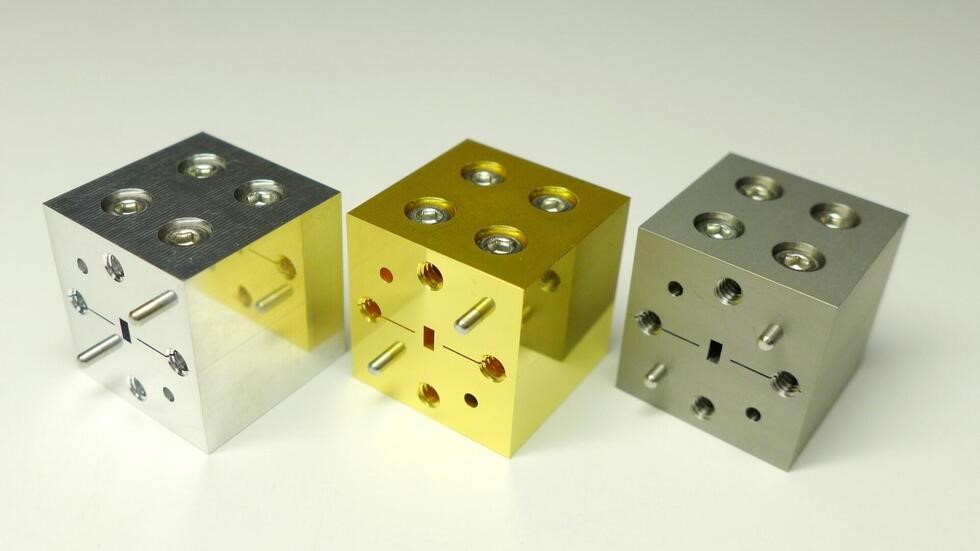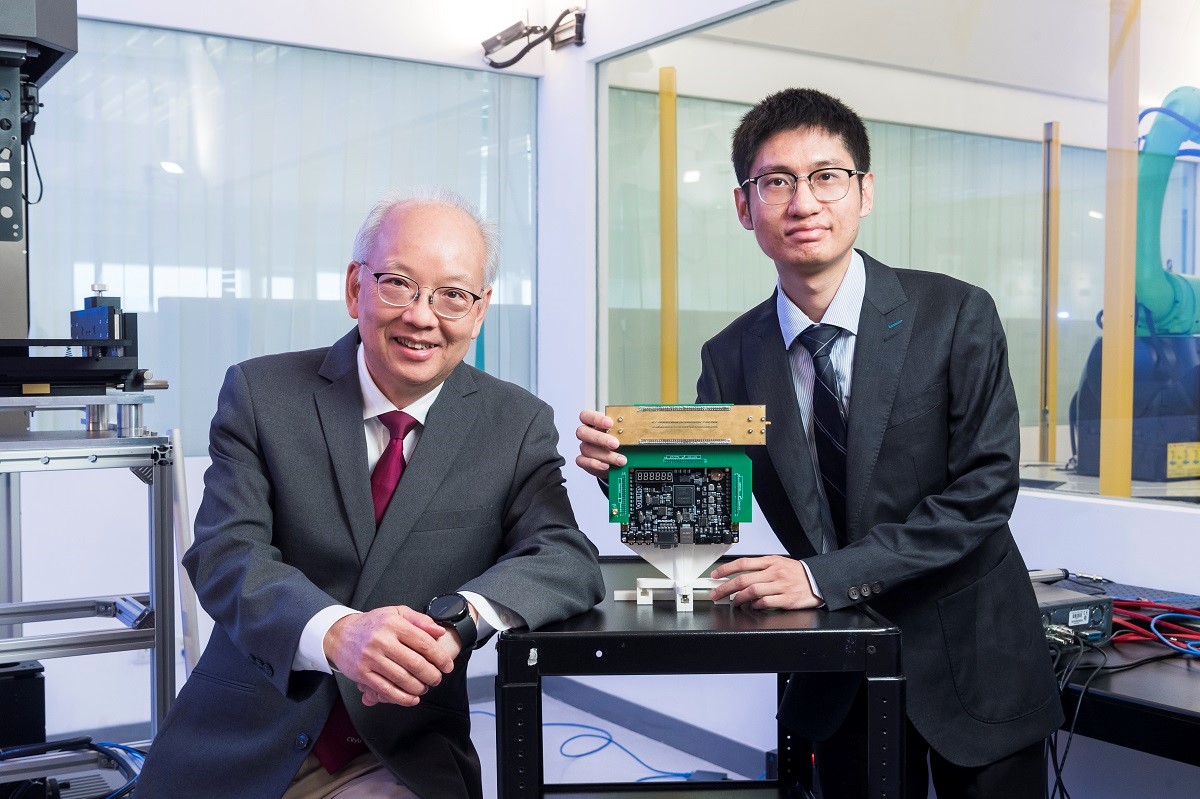Wireless for the internet of things: Wi-Fi HaLow
The growth of IoT and M2M networks has created new opportunities in many markets. The number of IoT-connected devices will double from 13.8 billion in 2021 to more than 30 billion units by 2025 according to Statista. Many of these applications connect devices or sensors over a long range and so require high power efficiency and long battery life
Building on the success of Wi-Fi (IEEE 802.11) the go-to Internet connection technology for homes and small business applications, the Wi-Fi Alliance is launching a new standard – Wi-Fi HaLow. It is a secure, power-efficient star network which can communicate over distances greater than 1 km. Wi-Fi HaLow enables a robust performance envelope of short to medium distance high-speed video streaming as well as data transfer over a long range using Wi-Fi technology.
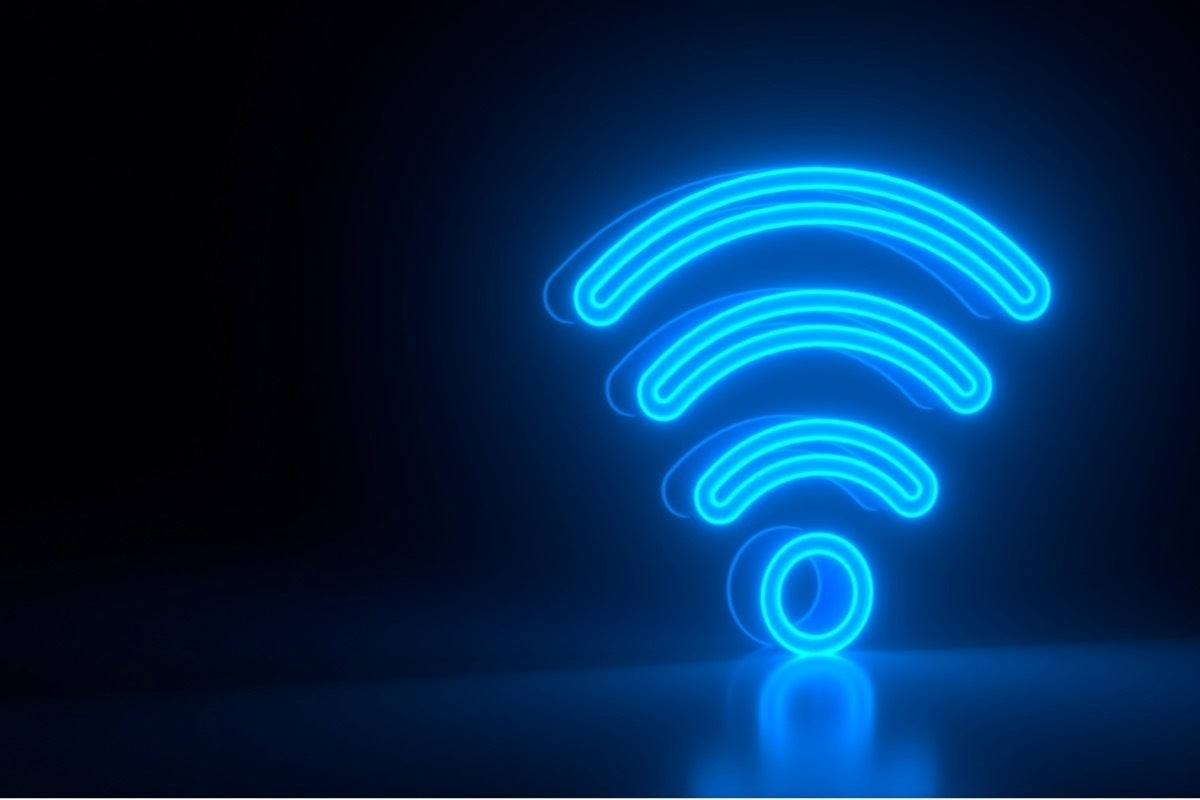
Figure 1. Wireless for the internet of things: Wi-Fi HaLow
Wireless for the internet of things: Wi-Fi HaLow is shown in figure 1. Wi-Fi HaLow, the marketing term the Wi-Fi Alliance has chosen for the IEEE 802.11ah standard, is a long- range, low-power, low-speed version of traditional Wi-Fi. It shows promise with deployment of Internet of Things (IoT) devices such as sensors, wearables, machine-to-machine (M2M) applications, smart buildings, and smart cities.
With the ability to connect low-bandwidth devices to IP networks including the internet, it supports enough bandwidth to handle HD-quality video and can even be used for rural communications and offloading cell phone tower traffic.
The HaLow standard was approved in September 2016 and published in May 2017. Unlike the similar low-power standard 802.11af, which operates in the television white space spectrum in VHF and UHF bands, HaLow operates in unlicensed bands, so it’s easier to deploy.
Wi-Fi HaLow Use Cases
In the initial stage of deployment, Wi-Fi HaLow is expected to be used in both indoor and outdoor applications where standard Wi-Fi cannot reach as in the case of battery-operated surveillance systems, wireless cameras, and smart-home doorbells.
Another typical use case would be large venues, where a single HaLow access point can connect to thousands of devices, covering 1000x the volume of traditional Wi-Fi, bypassing complex, bandwidth limited and less reliable mesh architecture, simplifying installation and reducing total cost of ownership.
Such an example can be found in large buildings, warehouses, offices, campuses, shopping malls and stadiums – benefit from the easy provisioning of cameras and sensors to enhance both the security and health of its occupants with advanced connectivity for Access control system (body temp monitors, face mask compliance, room occupancy limits and traffic-based surface cleaning/disinfection – all add up to the long list of applications).
Industrial automation, process control sensors, building automation, logistics and asset management, agriculture and environmental sensors, mining, clean energy farms, digital signage and retail stores amongst many others will need this technology, enabling everything to remain connected in an increasingly automated world. Indeed, Wi-Fi HaLow stands out for its versatility.
Wi-Fi HaLow specifically addresses the full range of IoT connectivity requirements without compromises. Building on the market success of Wi-Fi to increase the range and battery life of Wi-Fi-connected devices, Wi-Fi HaLow also meets the scalability, security and interoperability demands of challenging IoT applications. Although there is no “one size fits all” wireless protocol for every IoT use case, Wi-Fi HaLow is the first to address the majority of IoT application needs.
References:
- https://iot.eetimes.com/wi-fi-halow-designed-for-the-internet-of-things/
- https://www.networkworld.com/article/3072961/hello-halow-your-guide-to-the-wi-fi-alliance-s-new-iot-spec.html
- https://www.morsemicro.com/2021/08/25/everything-you-need-to-know-about-wi-fi-halow-what-is-it-and-why-it-matters//li>
- https://www.forbes.com/sites/forbestechcouncil/2022/06/29/wi-fi-halow-delivers-on-the-promise-of-iot-connectivity/?sh=15b023224266
Cite this article:
Gokula Nandhini K (2023), Wireless for the internet of things: Wi-Fi HaLow, AnaTechMaz, pp.115


